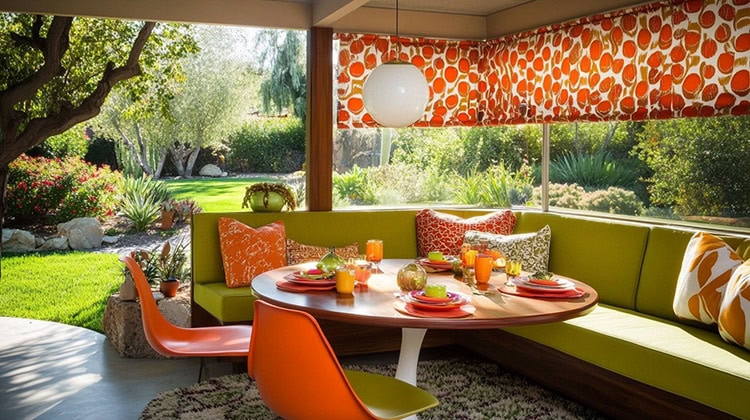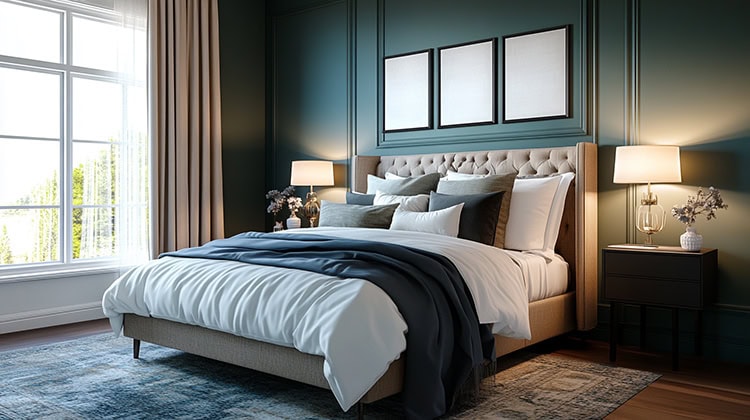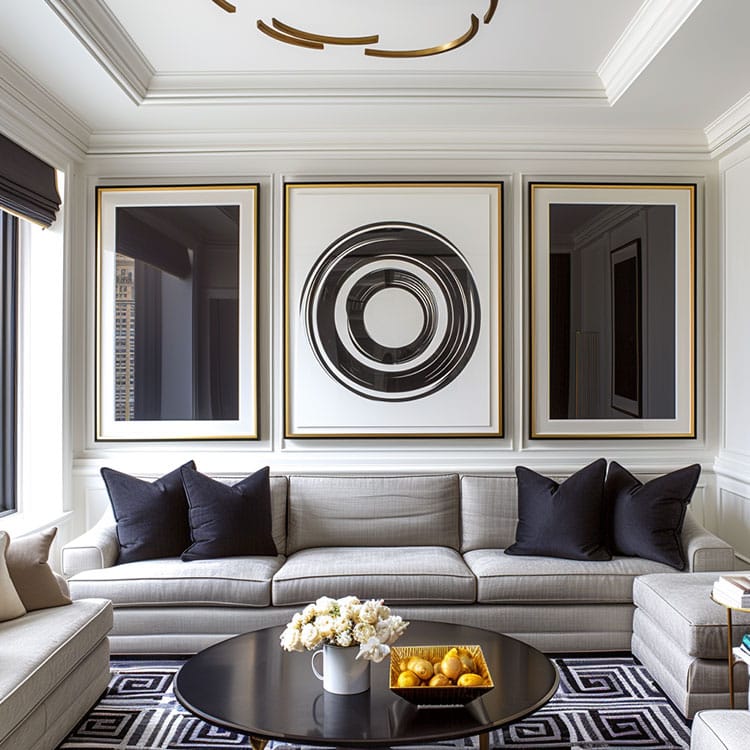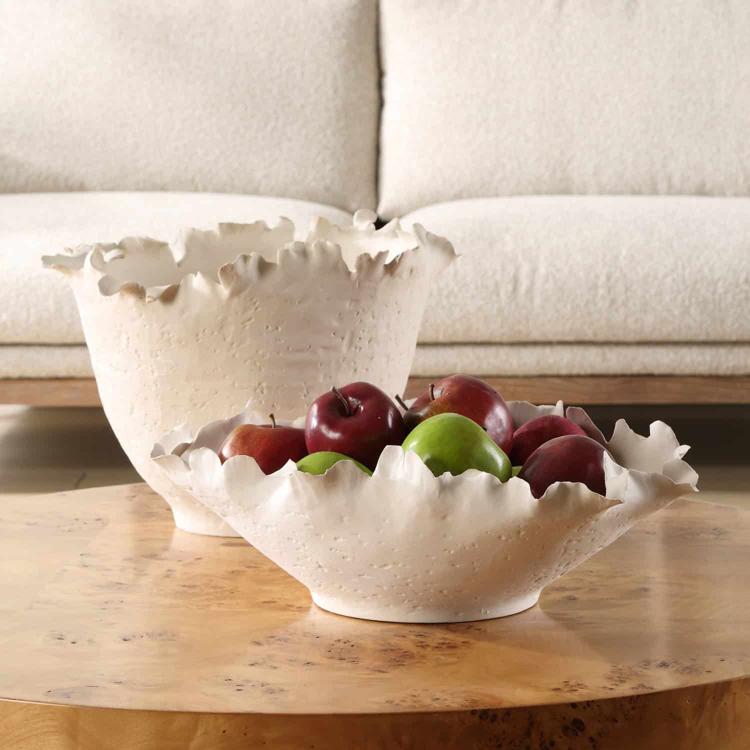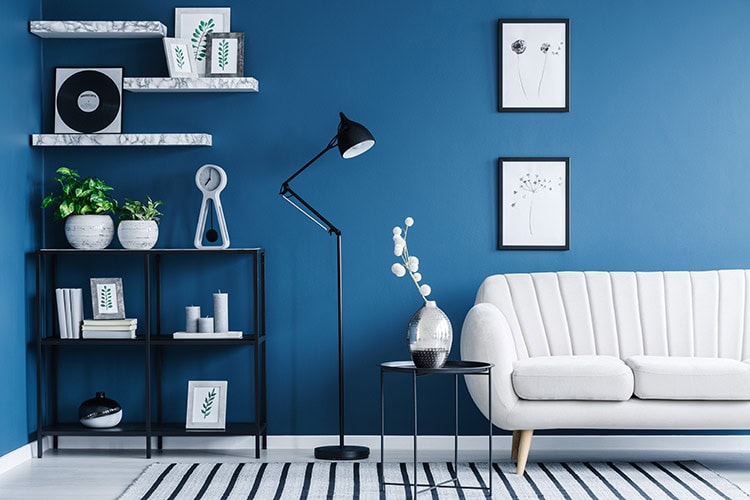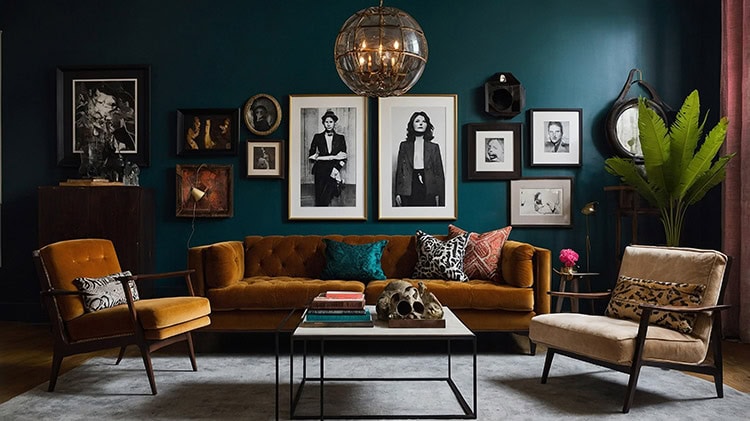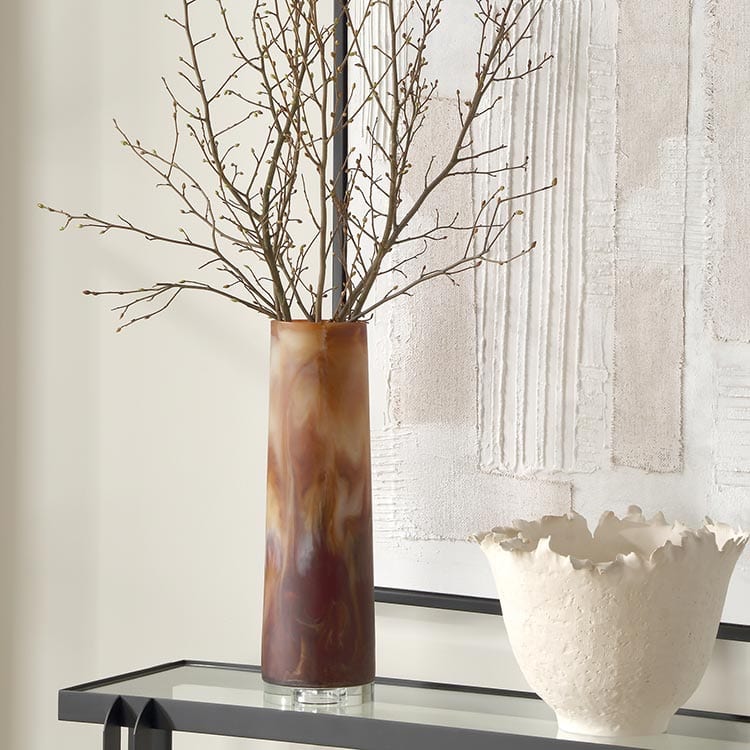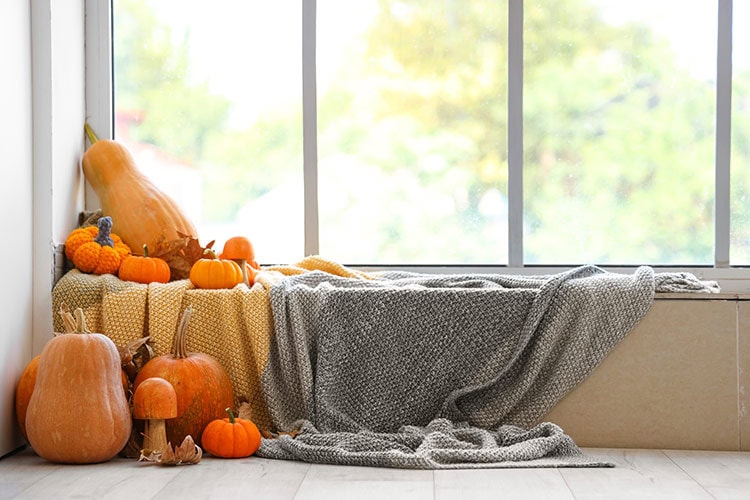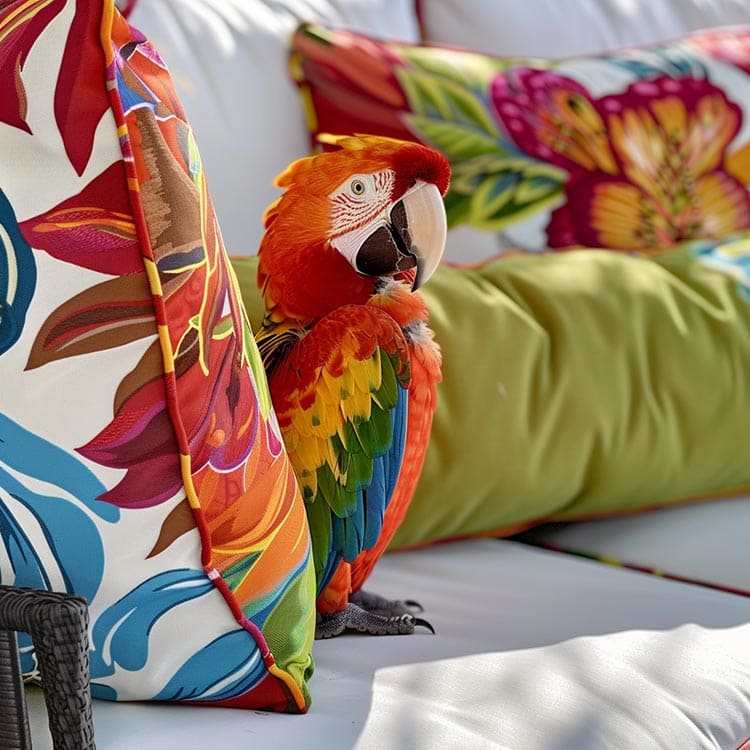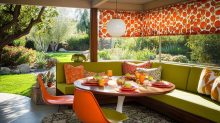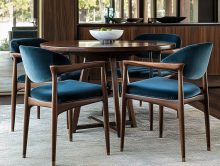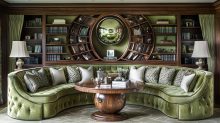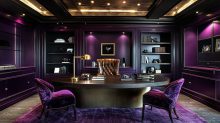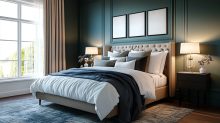Mid-Century Magic: Designing the Ultimate Eat-In Kitchen, Part 1
The enduring appeal of mid-century kitchens lies in their perfect balance of form and function. Characterized by warm wood cabinetry, sleek Formica surfaces, and iconic seating that manages to be both sculptural and comfortable, these spaces continue to captivate homeowners and designers today. The eat-in kitchen, a signature element of mid-century home design, represents the period’s emphasis on combining practical cooking spaces with comfortable gathering areas.
Welcome to our latest Build-a-Room article, where we’ll explore how to create an eat-in kitchen that channels mid-century modern style while meeting contemporary needs. Let’s examine how to create a space where good food and great design come together seamlessly.
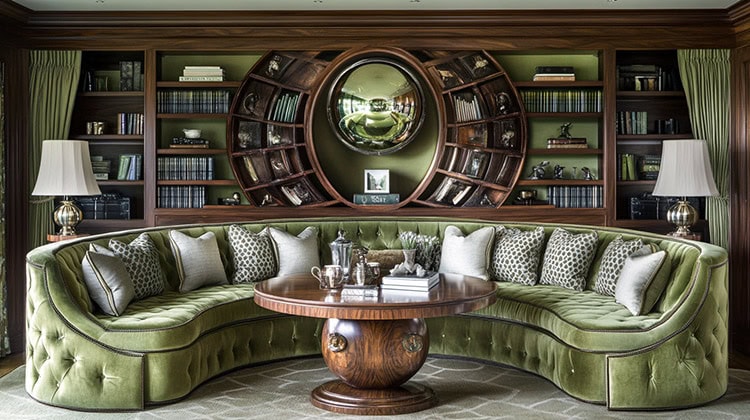
Why Mid-Century Works for Eat-In Kitchens
Mid-century design emerged during a time when America was reimagining home life. Open floor plans became popular, and kitchens transformed from purely utilitarian spaces to social hubs. This heritage makes mid-century principles particularly well-suited for today’s eat-in kitchens, where we value both cooking functionality and gathering space.
The hallmarks of this style—organic curves meeting clean lines, indoor-outdoor connection, and honest materials—create spaces that feel both timeless and fresh. Unlike some design trends that quickly feel dated, a well-executed mid-century kitchen can look relevant for decades.
Finding Your Layout Sweet Spot
The success of an eat-in kitchen hinges on thoughtful space planning that respects both cooking and dining needs. I’ve found three approaches that work particularly well with mid-century sensibilities:
The Conversation-Friendly Peninsula
For kitchens that open to adjacent spaces, a peninsula creates natural division while maintaining openness. The outward-facing side becomes perfect for casual dining with 2-3 distinctive stools. This arrangement allows whoever’s cooking to remain part of the conversation—a value that aligns perfectly with mid-century modern’s emphasis on connection.
One client recently transformed their closed-off kitchen by removing a wall and adding a peninsula with three walnut and leather barstools. The result? A space where their teenage kids now actually hang out and chat while dinner’s being prepared.

The Dedicated Kitchen Table
There’s something wonderfully authentic about a proper table in the kitchen—it harkens back to mid-century homes where families gathered for most meals in this hardworking space rather than formal dining rooms.
Round or oval tables work beautifully here, honoring mid-century’s affinity for organic shapes while maximizing flow around them. A pedestal base further improves circulation and legroom. Position your table near windows when possible to emphasize that indoor-outdoor connection that defines mid-century spaces.
The Island Hub
If you have the square footage, a large island with overhang for seating creates a genuine multi-functional hub. The key is ensuring proper clearance—at least 42″ between island seating and any walls or cabinets to allow comfortable passage even when chairs are in use.
Islands also provide opportunity for material contrast that’s quintessentially mid-century: perhaps walnut cabinetry with a pristine white quartz top, or white cabinetry with a warm wood countertop for the eating area.
Now that we’ve established the foundational elements of your mid-century eat-in kitchen, from layout strategies to the perfect materials, you’re ready to bring your space to life. Join us next week for Part 2, where we’ll explore the textile touches, furniture selections, and finishing details that transform these good bones into a warm, inviting gathering space. We’ll cover everything from selecting the perfect upholstery fabrics to choosing lighting that makes your kitchen glow, ensuring your mid-century kitchen isn’t just beautifully designed, but beautifully lived in.

